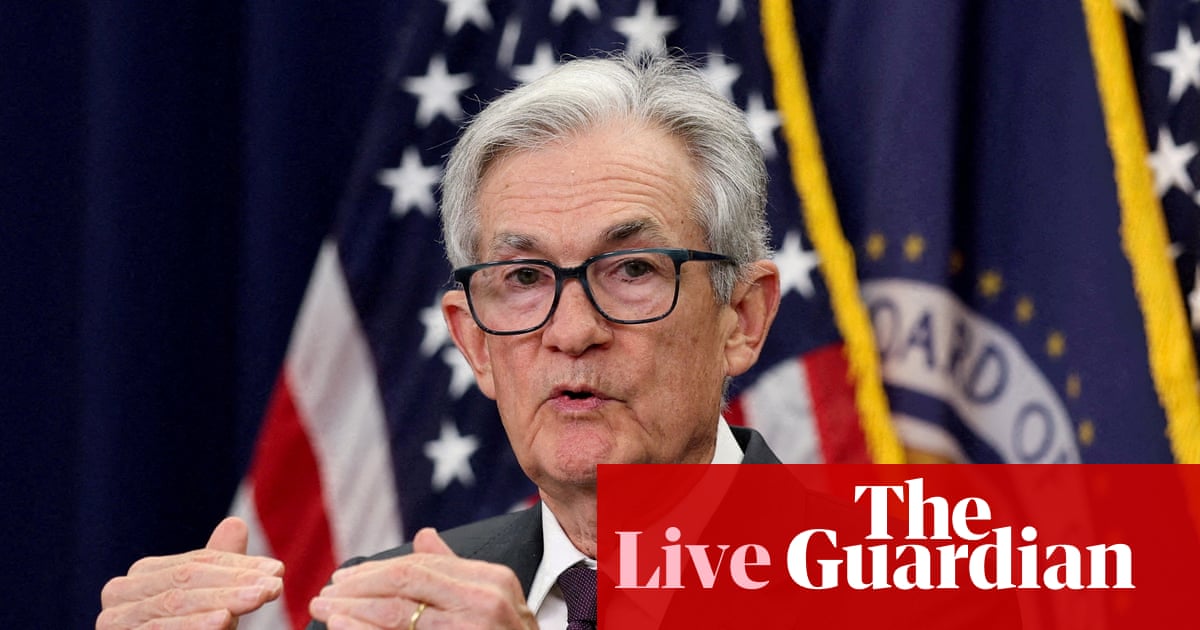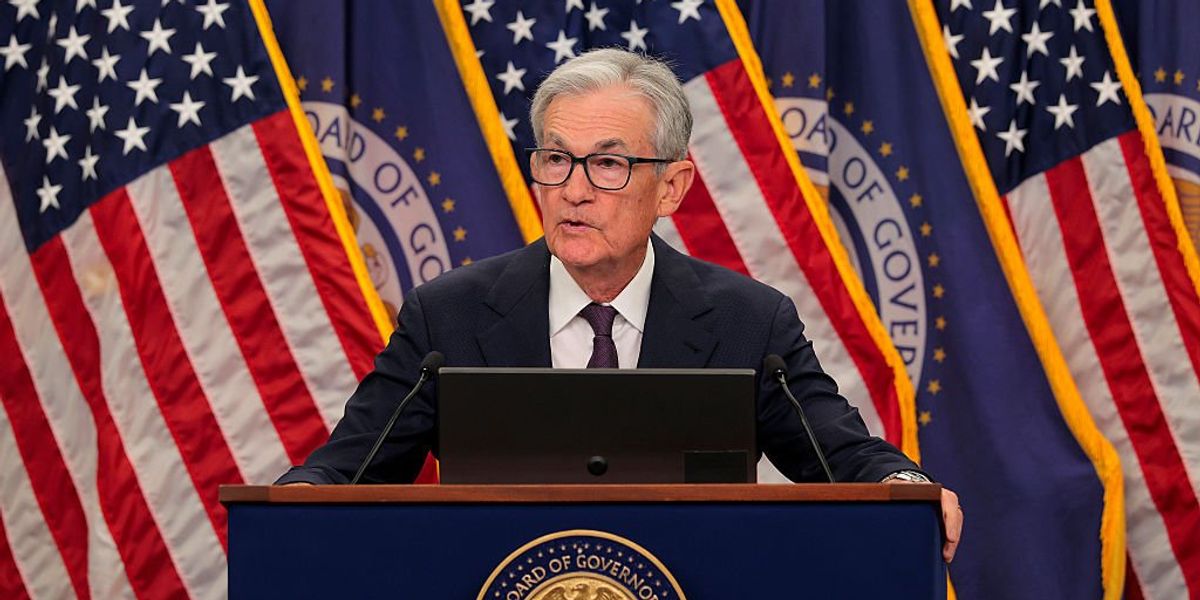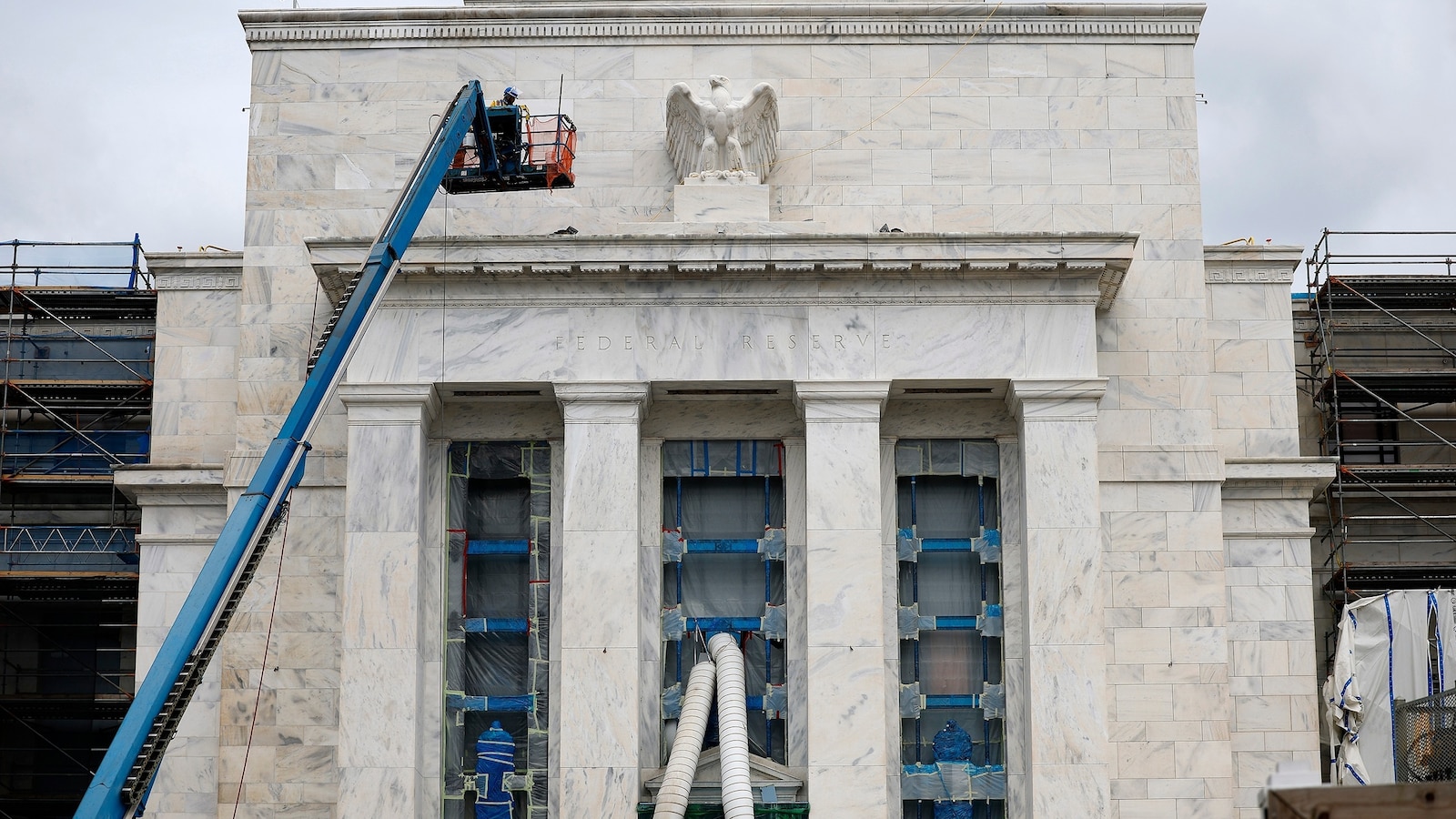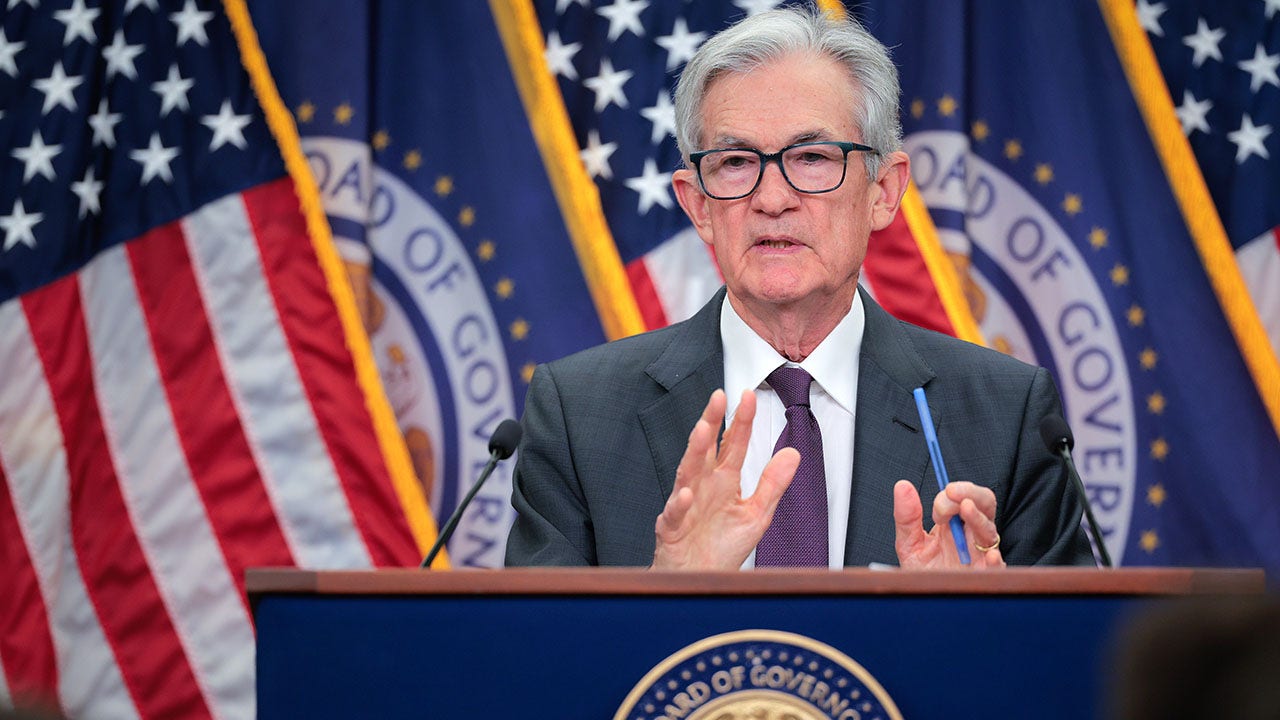Federal Reserve Cuts Interest Rates, Mortgage Rates Hit Lowest in a Year
The Federal Reserve has cut interest rates by a quarter-point, with mortgage rates dropping to 6.35%, providing some relief for homebuyers amid economic uncertainty.
Overview
- The Federal Reserve cut interest rates by a quarter-point, marking the first reduction in nearly a year, with plans for two more cuts this year.
- The average 30-year mortgage rate fell to 6.35%, its lowest level in almost a year, following the Fed's decision.
- Mortgage rates have been declining since late July due to expectations of a Fed rate cut, but further decreases are uncertain.
- Despite lower mortgage rates increasing purchasing power, many Americans still find home prices unaffordable.
- President Trump is urging the Fed for further rate cuts, but the Fed is expected to approach future decisions cautiously.
Report issue

Read both sides in 5 minutes each day
Analysis
Center-leaning sources cover the Federal Reserve's interest rate cut neutrally by presenting the Fed's rationale and economic context without editorializing. They include diverse expert opinions on the varied impacts for consumers and highlight the internal divisions among Fed officials regarding future rate paths, providing a balanced and factual account of the complex economic situation.
Articles (33)
Center (12)
FAQ
The Federal Reserve's quarter-point cut is the first rate reduction in nearly a year, signaling its response to slowing job market conditions and economic uncertainty while aiming to balance inflation and employment goals.
Following the Fed’s rate cut, the average 30-year mortgage rate fell to 6.35%, its lowest level in almost a year, providing some relief for homebuyers by lowering borrowing costs.
Yes, the Federal Reserve’s dot plot indicates median expectations among Fed members for two more quarter-point rate cuts at the remaining meetings of 2025, potentially lowering the federal funds rate to around 3.5%–3.75%.
Despite lower mortgage rates increasing buyers' purchasing power, many Americans still face unaffordable home prices due to continuing high real estate prices and economic factors beyond interest rates.
The Fed will balance monitoring inflation—which remains somewhat elevated—and the labor market, particularly any worsening in employment indicators. This balancing act means that future rate decisions depend on economic data trends in jobs and inflation.
History
- 2M

 5 articles
5 articles
- 2M

 25 articles
25 articles




























